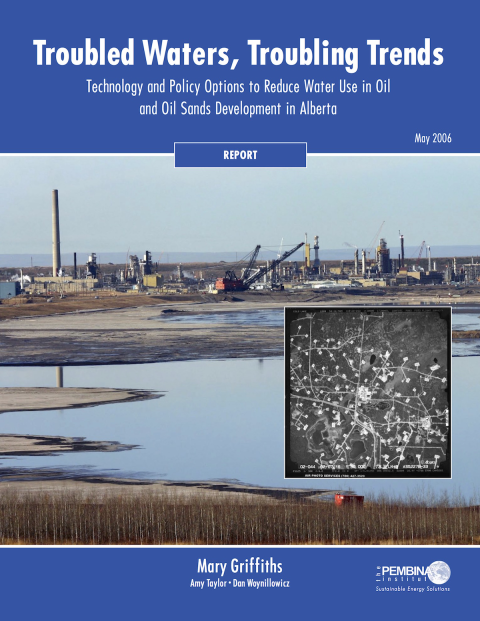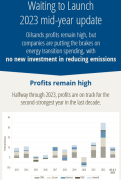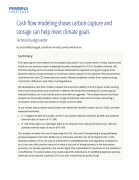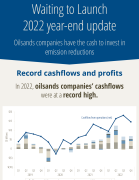Oilsands mining operations in Alberta use large volumes of water from the Athabasca River. Steam injection to produce oil from bitumen that is too deep to mine (in situ production) uses increasing amounts of surface water and groundwater. Production of bitumen is expected to triple by 2020, resulting in more water withdrawals, declining wetlands and expanding tailings ponds. Most companies recycle water, so new technology and policies outlined in the report are needed to reduce water use. Alberta's Water Conservation and Allocation Policy for Oilfield Injection, which applies to conventional and thermal enhanced oil recovery, must be strictly implemented.
Troubled Waters, Troubling Trends
Technology and policy options to reduce water use in oil and oil sands development in Alberta
May 1, 2006
Publication

Related Research & Analysis

Oil & Gas
September 14, 2023
Publication
Waiting to Launch 2023 mid-year update
Oilsands profits remain high, but companies are putting the brakes on energy transition spending, with no new investment in reducing emissions
Programs
Leading the transition to clean energy requires advancing solutions to today’s energy challenges from various angles.
The Pembina Institute has spent four decades working to reduce the environmental impacts of Canada’s energy production and to provide actionable ideas on how to implement clean energy.




